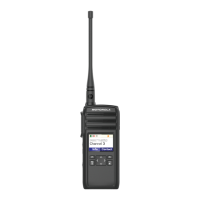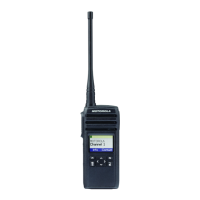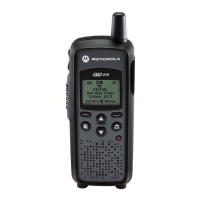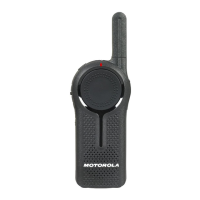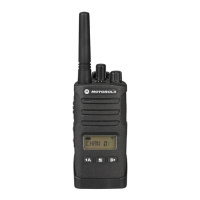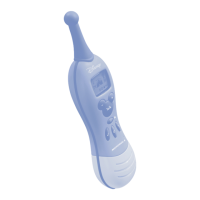Why can't I see all Private Groups in Motorola Two-Way Radio Contact List?
- CCynthia MullenSep 9, 2025
If you cannot see all Private Groups in Contact List of your Motorola Two-Way Radio, Manager Mode must be enabled to see Private Groups not on your home channel or of which you are not a member.


